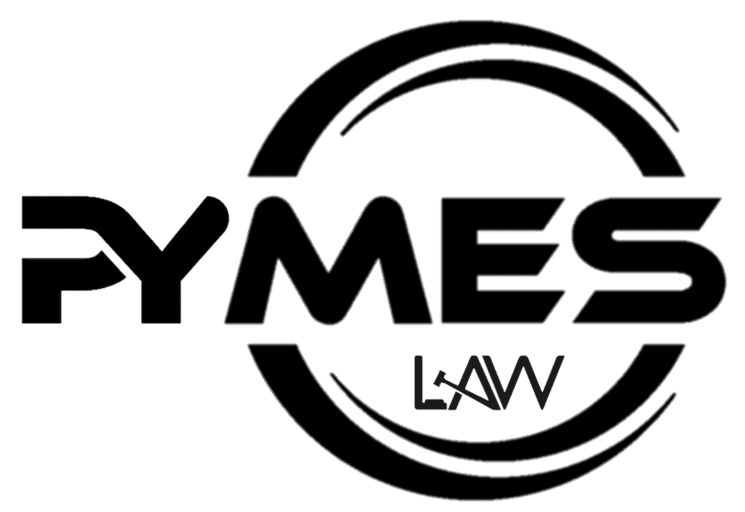Environmental clearance certificate is a vital document required for undertaking any development project in Bangladesh. It ensures that proposed projects comply with environmental regulations and mitigate potential adverse impacts on the environment. Let’s delve deeper into the process and significance of obtaining an environmental clearance certificate in Bangladesh.
Introduction to Environmental Clearance Certificate
An environmental clearance certificate is an official document issued by regulatory authorities, confirming that a proposed project has undergone thorough scrutiny to assess its potential environmental impacts. It serves as evidence that the project meets environmental standards and regulatory requirements.
Importance in Bangladesh’s regulatory framework
In Bangladesh, where environmental concerns are paramount, the issuance of environmental clearance certificates plays a crucial role in ensuring sustainable development. It helps balance economic growth with environmental preservation by promoting environmentally responsible practices in project implementation.
Legal Framework for Environmental Clearance
Environmental laws and regulations in Bangladesh
Bangladesh has enacted several laws and regulations to protect its environment, including the Environmental Conservation Act, 1995, and the Environmental Impact Assessment (EIA) guidelines. These laws outline the procedures for obtaining environmental clearance and specify the responsibilities of project proponents and regulatory authorities.
Role of government agencies in issuing clearance certificates
The Department of Environment (DOE) is the primary regulatory body responsible for granting environmental clearance certificates in Bangladesh. It evaluates project proposals based on their potential environmental impacts and ensures compliance with applicable laws and regulations.
Application Process for Environmental Clearance
Steps involved in obtaining clearance
The process of obtaining an environmental clearance certificate typically involves several stages, including project screening, scoping, impact assessment, public consultation, and decision-making by regulatory authorities. Project proponents must submit detailed project proposals and environmental impact assessments to the DOE for review.
Documentation required for the application
Applicants are required to submit various documents along with their project proposals, including environmental management plans, socio-economic assessments, and details of mitigation measures. The completeness and accuracy of these documents are crucial for obtaining clearance.
Environmental Impact Assessment (EIA)
Purpose and scope of an EIA
An Environmental Impact Assessment (EIA) is a systematic process for identifying, predicting, and evaluating the potential environmental impacts of a proposed project. It helps decision-makers assess the environmental consequences of various development options and make informed choices.
Conducting an EIA in Bangladesh
In Bangladesh, EIAs are conducted in accordance with the Environmental Impact Assessment (EIA) guidelines issued by the DOE. The process involves baseline data collection, impact analysis, identification of mitigation measures, and preparation of an environmental management plan.
Criteria for Granting Environmental Clearance
Factors considered by regulatory authorities
Regulatory authorities consider various factors when evaluating project proposals for environmental clearance, including the project’s location, scale, nature, and potential environmental impacts. Projects that pose significant risks to the environment may require additional scrutiny and mitigation measures.
Environmental considerations and mitigation measures
To obtain environmental clearance, project proponents must demonstrate their commitment to minimizing environmental impacts through the implementation of mitigation measures such as pollution control measures, waste management practices, and biodiversity conservation efforts.
Role of Stakeholders
Involvement of communities and NGOs
Stakeholder engagement is an essential aspect of the environmental clearance process in Bangladesh. Communities affected by proposed projects, as well as non-governmental organizations (NGOs) and civil society groups, have the right to participate in public consultations and express their concerns.
Public consultation process
Public consultations are conducted to gather feedback from stakeholders and address their concerns regarding proposed projects. These consultations provide an opportunity for meaningful engagement and promote transparency and accountability in decision-making.
Monitoring and Compliance
Post-clearance monitoring requirements
After obtaining environmental clearance, project proponents are required to implement the approved environmental management plan and adhere to specified monitoring requirements. Regular monitoring helps ensure compliance with environmental standards and identifies any deviations or non-compliance issues.
Penalties for non-compliance
Failure to comply with environmental regulations and conditions specified in the environmental clearance certificate can result in penalties, fines, or legal action against the project proponent. It’s essential for project proponents to prioritize environmental compliance to avoid adverse consequences.
Challenges and Concerns
Issues related to enforcement
Enforcement of environmental regulations in Bangladesh faces various challenges, including limited institutional capacity, inadequate resources, and bureaucratic inefficiencies. Strengthening enforcement mechanisms and improving coordination among relevant stakeholders are necessary to address these challenges.
Addressing environmental risks and conflicts
Rapid industrialization and urbanization in Bangladesh have led to environmental degradation and conflicts between development priorities and environmental conservation. Balancing economic growth with environmental protection requires proactive measures to address environmental risks and promote sustainable development.
Case Studies
Examples of projects requiring environmental clearance
Several large-scale infrastructure projects in Bangladesh, such as industrial complexes, power plants, and transportation networks, have undergone rigorous environmental impact assessments and obtained environmental clearance certificates. These projects demonstrate the importance of environmental considerations in development planning.
Lessons learned and best practices
Through the analysis of case studies, valuable lessons can be learned about the environmental clearance process, including the importance of early stakeholder engagement, comprehensive impact assessments, and effective monitoring and enforcement mechanisms. Adopting best practices can enhance the effectiveness of environmental management and promote sustainable development.
Conclusion
In conclusion, the environmental clearance process plays a crucial role in ensuring sustainable development in Bangladesh. By assessing and mitigating potential environmental impacts, obtaining clearance certificates helps minimize adverse effects on the environment and promotes responsible development practices. Moving forward, it’s essential for all stakeholders to collaborate and prioritize environmental sustainability to safeguard Bangladesh’s natural resources for future generations.



0 Comments